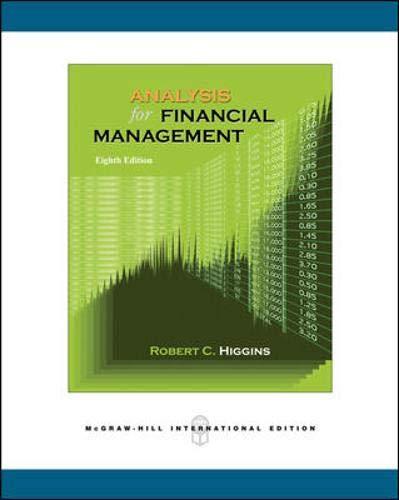Question
Problem 11-03 An investor with a required return of 12 percent for very risky investments in common stock has analyzed three firms and must decide
Problem 11-03
An investor with a required return of 12 percent for very risky investments in common stock has analyzed three firms and must decide which, if any, to purchase. The information is as follows:
| Firm | A | B | C | ||||
| Current earnings | $ | 1.50 | $ | 3.10 | $ | 6.70 | |
| Current dividend | $ | 1.40 | $ | 3.00 | $ | 7.90 | |
| Expected annual growth rate in dividends and earnings | 5% | 2% | -1% | ||||
| Current market price | $ | 25 | $ | 36 | $ | 65 |
a) What is the maximum price that the investor should pay for each stock based on the dividend-growth model? Round your answers to the nearest cent.
Stock A: $________
Stock B: $________
Stock C: $________
b) If the investor does buy stock A, what is the implied percentage return? Round your answer to two decimal places.
_________ %
c) If the appropriate P/E ratio is 18, what is the maximum price the investor should pay for each stock? Round your answers to the nearest cent.
Stock A: $________
Stock B: $________
Stock C: $________
If the appropriate P/E ratio is 9, what is the maximum price the investor should pay for each stock? Round your answers to the nearest cent.
Stock A: $________
Stock B: $________
Stock C: $________
Step by Step Solution
There are 3 Steps involved in it
Step: 1

Get Instant Access to Expert-Tailored Solutions
See step-by-step solutions with expert insights and AI powered tools for academic success
Step: 2

Step: 3

Ace Your Homework with AI
Get the answers you need in no time with our AI-driven, step-by-step assistance
Get Started


